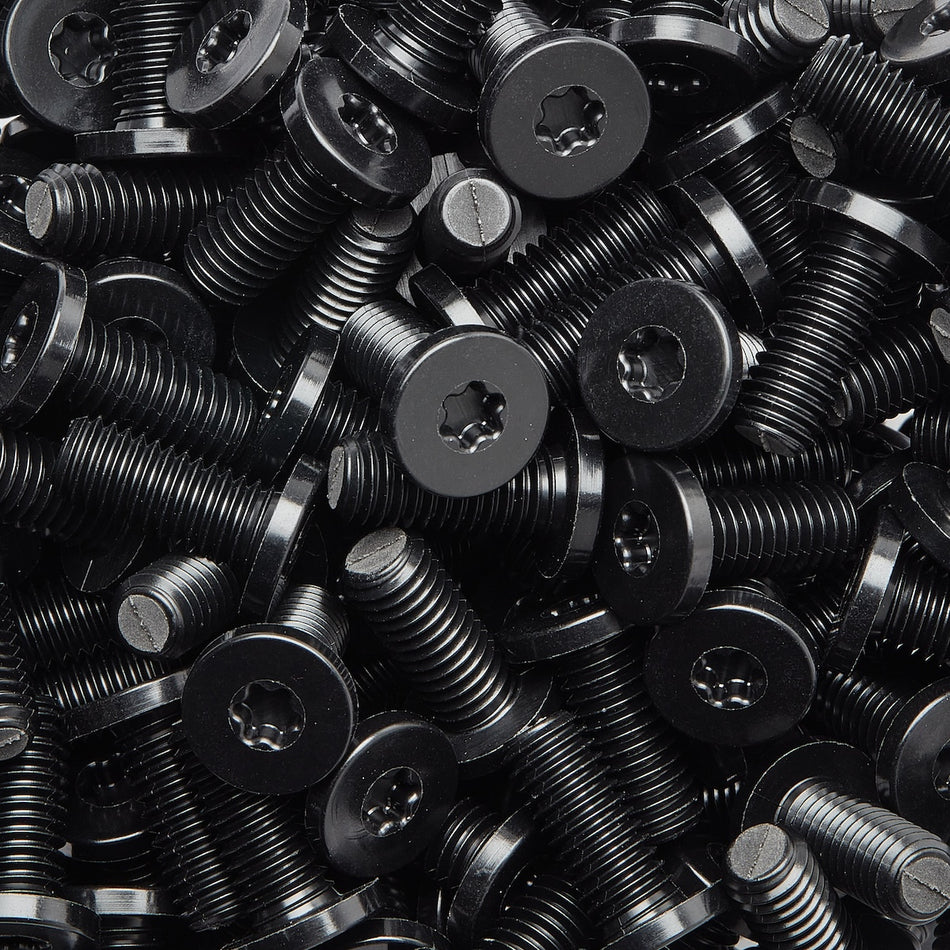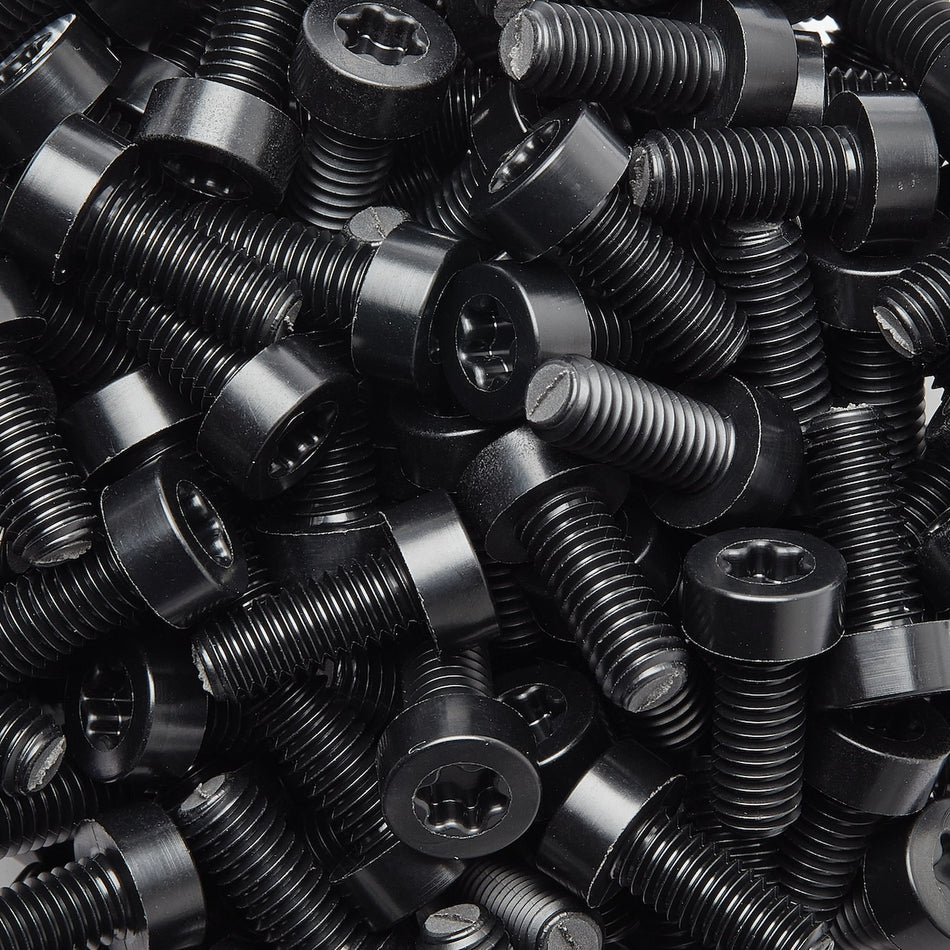22 Products

Polymer Screws, Nuts, Bolts, and Fasteners and their use in the Fusion Energy Industry
Polymer screws, nuts, bolts, and fasteners may be used in a variety of applications related to the development and operation of fusion energy systems. These types of fasteners are made from a variety of polymers, such as plastic, rubber, or composite materials, and are designed to be strong, durable, and resistant to corrosion.
One potential use of polymer fasteners in fusion energy is in the construction and maintenance of fusion facilities and experimental devices. Polymer fasteners may be used to secure and fasten together various structural components, electrical components, and other equipment in these facilities. Polymer fasteners may be preferred over metal fasteners in certain situations due to their lighter weight and resistance to corrosion.
Polymer fasteners may also be used in the construction and operation of fusion energy systems themselves. For example, polymer fasteners may be used to secure and fasten together the various components and subsystems of a magnetic confinement fusion reactor, such as the plasma confinement chamber, the magnetic field coils, and the plasma heating systems. Polymer fasteners may also be used in the construction and operation of other types of fusion energy systems, such as inertial confinement fusion systems.
Overall, the use of polymer screws, nuts, bolts, and fasteners can help to improve the performance, efficiency, and durability of fusion energy systems, and may play an important role in the development and operation of these systems.
Fusion energy is a type of nuclear energy that is produced through the fusion of atomic nuclei. Fusion reactions release a large amount of energy, and have the potential to provide a virtually limitless and clean source of electricity.
In a fusion reaction, atomic nuclei come together to form a heavier nucleus, releasing energy in the process. This energy is released when the strong force that holds the nuclei together is overcome, and the nuclei fuse together.
Fusion reactions occur naturally in stars, where they are responsible for producing the heat and light that we see. However, achieving controlled fusion reactions on Earth has been a challenge, as it requires extremely high temperatures and pressures to initiate and sustain the reaction.
There are several different approaches being pursued to develop fusion energy as a practical source of electricity. One approach is to use magnetic confinement, in which a plasma (a hot, ionised gas) is confined within a magnetic field and heated to the point where fusion reactions can occur. Another approach is inertial confinement, in which a small pellet of fuel is imploded using high-energy lasers or particle beams, creating the conditions necessary for fusion.
Fusion energy has the potential to provide a clean, safe, and virtually limitless source of electricity, with very low greenhouse gas emissions and no risk of a nuclear meltdown. However, significant technical challenges still need to be overcome in order to make fusion energy a practical and cost-effective source of electricity.





























